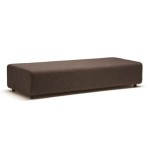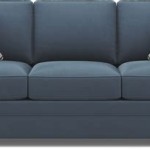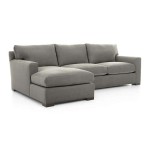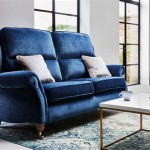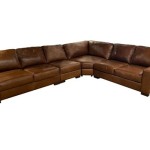Standard Size of Sofa Side Table
Choosing the right sofa side table involves more than just aesthetics. Functionality and practicality play a crucial role, and a key aspect of this practicality lies in selecting the appropriate size. A table that is too high or too low can be inconvenient, while a table that is too large or too small can disrupt the balance and flow of the living room. Understanding standard dimensions can help streamline the selection process.
While there isn't one definitive "standard" size for a sofa side table, certain dimensions are commonly used and considered optimal for comfortable and practical use. These dimensions are based on the average height of sofas and the typical activities performed around them, such as placing drinks, books, or lamps.
Generally, the ideal height for a sofa side table is roughly equivalent to the height of the sofa armrest or slightly lower. This typically falls within the range of 20 to 26 inches. A table within this height range allows for easy access to items placed on it without requiring excessive reaching or bending. A table that is significantly higher than the armrest can look awkward and make it difficult to place items on the surface comfortably.
The width and depth of a side table can vary more significantly depending on the available space and the intended use. Smaller side tables, typically around 12 to 18 inches square, are suitable for smaller spaces and can hold a few essential items like a drink and a small lamp. Larger side tables, ranging from 20 to 30 inches in width and depth, provide more surface area for placing larger lamps, books, decorative objects, or even serving trays.
Choosing the appropriate dimensions also involves considering the scale of the sofa itself. A large, sectional sofa will likely require a larger side table or even multiple smaller tables to maintain balance and provide adequate surface area. Conversely, a smaller loveseat or armchair will pair better with a smaller, more compact side table.
Beyond height, width, and depth, the shape of the side table also plays a role in its functionality and how it interacts with the surrounding furniture. Round tables can soften the edges of a room and are a good choice for smaller spaces as they don't have sharp corners. Square and rectangular tables offer more surface area for placing items and can be positioned flush against a wall or sofa.
Other shapes, such as oval, hexagonal, or octagonal, offer unique aesthetic options and can be selected based on personal preference and the overall style of the room. However, it's important to consider the practicality of the shape. Tables with irregular shapes may not be as efficient for holding items as rectangular or square tables.
The material and style of the side table are also crucial factors to consider, although they don't directly relate to the standard size. Materials like wood, metal, glass, and acrylic each offer different aesthetic qualities and levels of durability. The style of the table should complement the overall design of the living room and the sofa itself.
When selecting a sofa side table, it's beneficial to take measurements of the sofa and the surrounding space. This will help determine the ideal dimensions for the table and ensure that it fits comfortably within the room without obstructing walkways or other furniture. Visualizing the table in the space can also be helpful. Many online retailers offer augmented reality tools that allow users to see how furniture will look in their homes before purchasing.
In addition to the standard dimensions, consider the functionality of the table. Some side tables feature drawers or shelves for additional storage, which can be particularly useful in smaller living spaces. Others may have built-in charging ports or USB hubs for added convenience.
While adhering to general size guidelines is important, personal preference and the specific needs of the space should ultimately guide the selection process. Balancing aesthetics, functionality, and the available space will ensure the chosen sofa side table complements the living room and provides a practical and stylish surface for everyday use.
Finally, the placement of the side table is important for maximizing its functionality. Ideally, the table should be placed within easy reach of the sofa, allowing occupants to comfortably access items placed on it without having to stretch or lean excessively. For larger sofas, multiple side tables can be used to provide access points for everyone seated.

End Table Heights

End Table Heights

End Table Height How Tall Should Your Side Be Ca Bedroom Tables Living Room

What Is The Difference Between A Console Table And Side Living Spaces

Wooden Sofa Side Table With Book Shelf For Hospital Residential Size Standard

Nill Fremont Nightstand Oak Walnut Furniture

How To Pick The Right End Tables For Your Sofa

Rules For Picking An End Table 3 Fool Proof Styling Formulas A Billion Options Jk It S Only 90 Emily Henderson

The Ultimate Coffee Table Size Guide Apt2b

How To Pick The Right End Tables For Your Sofa

